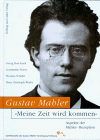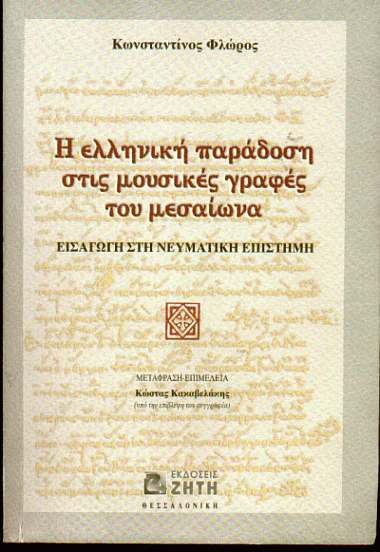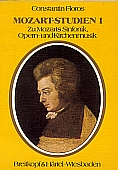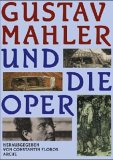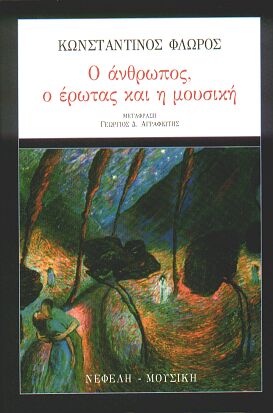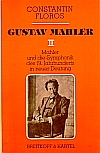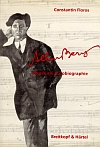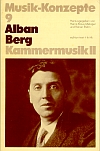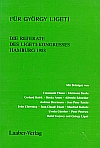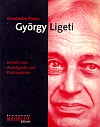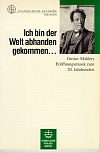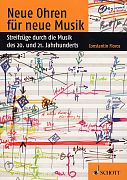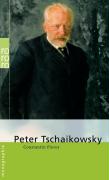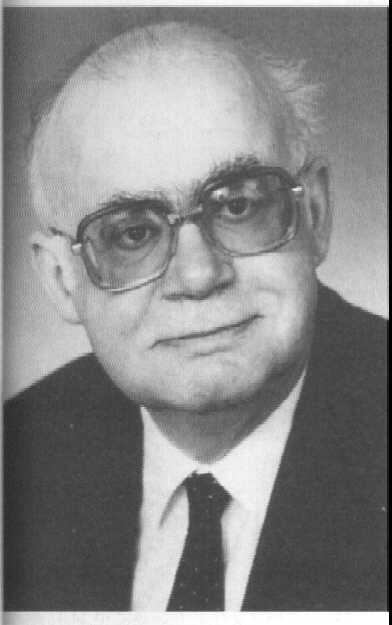 |
|
Constantin Floros
Professor(emrt.)of historical Musicology at the University of Hamburg Universal comparative Study of Neumes -Universale Neumenkunde (Verlag Baerenreiter, Kassel 1970-Germany, 3 Bd.) Makes known the earliest neumatic script of the European Middle Ages. Deciphering of the earliest Byzantine neumes and of early Slavic sematic notation. Provide evidence for the first time to show that the West adapted the Byzantine chant Notation and Byzantine system of modes. Demonstrates the Byzantine origins of the Latin dodecaechos. |
 |
The conribution of Prof. Dr. Constantin Floros in the international society of advanced studies in musicology is uncontested.
Prof. Dr.Floros pursued a universal study of neumes for the first time (Germany, Kassel 1970, Verlag Baerenreiter 3 Bd.) in his three volume work and introduced the oldest neume notations of medieval Europe and compared them in detail in a coherent manner. Prof. Dr. Dr. h.c. Constantin Floros examines comparatively the origins and the connections of the byzantine, slavic and latin neumes.
Volume one treatts the deciphering of the oldest Byzantine neume notation and the ancients Slavic znamennny and Kondakarian notation as well as the modal system of Byzantine church Music and the history of the Byzantine ecclesiastical poetry. Proceeding from Slavic and Byzantine musical studies, the author retains two previous results of research and constructs his study upon this: first, the Slavs adopted the Paleobyzantine neume notation. Secondly, only the systematic comparison with the Byzantine system of notation permits a deciphering of the ancient Slavic neume notations. While the ancient Slavic notation remained basically the same up to 14th century, Byzantine neume notation had undergone profound changes by the 13th century.
Both ancient slavic notations show a close similarity with the two palaeobyzantine neume notations, as the author has elaborated, namely the so-called Coislin and the so-called Chartres notation. The deciphering of the znamenny notation which has been considered earlier to be undecipherable, is thus facilitated in that many signs reappear in a similar shape in Paleobyzantine manuscripts. Aside from the interpretation of the neumes, the author also develops a method for the precise dating of Byzantine neume manuscripts, as well as ancient Slavic stichera, through comparison with Greek sources.With regard to the question of origin, the neume notation of both the East and West are based on the Alexandrinian system of accentuation.
The genetic development of the individual neume notations remains unclarified, as does their correlation.
In Volume two Prof. Floros investigates the connexion of the Byzantine and Latin neumes, their origin and interpretation, and the theory of figuration and rhythm of Gregorian chant. For example:The notae semivocales of the latin choral notation should be placed on the same level with the byzantine hemiphona, which indicate a manner of performance with a subdued voice.
It can well be assumed that both the Byzantine grammata and the Latin litterae were used as additional signs in order to remove occasional imperfections in the oldest notations. During the later stages of the development in the West, the litterae were not intergrated, while the alphabetical neumes in the East were an organic part of the notation which, according to the author, could be additional proof that the system of alphabetical neumes had its origin in the East. A grater part of the nomenclature of the Latin neumes are either loan words, loan translations from Middle Greek, or grecianized or ancient greek names. The author demonstrates in addition that the notational technical terminology are loan translations from Middle greek, were taken from Byzantium.
Late Byzantine Chant Style:Mp3 Sound File
Volume three is purely documentation and reproduces in a highly elucidative and well planned manner the Byzantine, Slavic, and Gregorian tonal figures and formulae. Beside this the individual stages of notation in the stichera and the heirmoi are illustrated and compared with each other.
___________________________________________________________________________
Abstract from the Literature, Music, Fine Arts - A review of German Language research contributions on Literature, Music and Fine Arts, Volume VI, 1973 Nr.1 German Studies, Section III. Author: Dr.Wolfgang Krueger
Other Links
Athos The Holy Mountain ---- Mount Athos ----- Holy Mountain ...
Mount Athos Manuscripts Digital Library
Mount Athos: The Library of the Monastery of Philotheou
- The Van Kampen Collection: Biblical and Medieval Manuscript Collection.
- "The collection contains the largest holdings of Wyclif manuscripts in private hands in the world."
- Vatican Library Exhibit: Rome Reborn
- Medieval Studies Stanford
- Duke University Greek Digital Scriptorium
- Berkeley Digital Scriptorium
Book Recommendation :Singers in Late Byzantine and Slavonic Painting Author:Neil K.Moran
- La Bibliothèque nationale, Paris
- Sample Images from Manuscripte Mediaevalia
- The Age of King Charles V (1338-1380): 1,000 Illuminations from the Department of Manuscripts.
- La Bibliothèque de l'Arsenal, Paris
- Les Archives nationales, Paris
______________________________________________________________________________
An introductory selection of the writing was released under the title Einfuehrung in die Neumenkunde by Heinrichshofen Verlag in 1980.
In the mean time it is released also in greek language from ZITI Editions -Thessaloniki Greece/ : Η ελληνική παράδοση στίς μουσικές γραφές του Μεσαίωνα./ ISBN Nr. 960-431-449-1.
Translation from German to Greek .Kostas Kakavelakis - The english Edition is revised and translated with an illustrated Chapter on Cheironomy by Neil Moran -Info here
________________________________________________________________
Constantin Floros has examined the programmatic thought of many famous composers in relation to their historical and autobiographical background.
Books already edited concern: W.A.Mozart, L.v.Beethoven, J.Brahms, A.Bruckner, G.Mahler, Alban Berg and G.Ligeti.The following bookcovers do not represent the complete collection of the Constantin Floros Buchsammlung.





